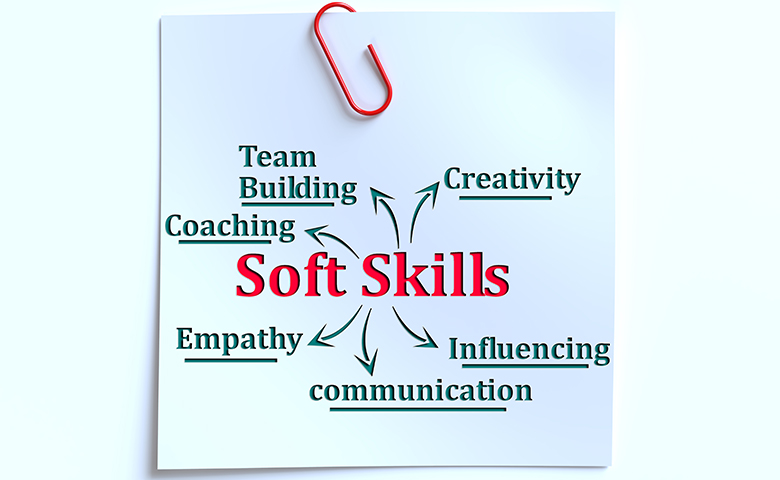Safety professionals can be pretty hard-nosed about reaching compliance requirements (and with good reason). But sometimes it requires some soft skills to get across the line.
According to a new guide called 7 Essential Soft Skills for Hard Workplace Safety Problems, soft skills (also known as interpersonal skills or social leadership skills) can make a huge difference in safety outcomes like injuries and compliance rates.
The guide notes that lackluster safety performance likely stems, at least in part, from employees feeling unengaged. As a safety professional, it’s your job to figure out which combination of levers to pull that will turn around workers’ attitudes about safety. And if you’ve tried all the engagement tricks in the book, then it may be that the problem isn’t that you need to do something different. Instead, you need to do the same things you’re likely already doing, but better. That’s where soft skills—and this new guide—come in.
Soft skills are things like your ability to convey a positive attitude even when you’re having a hard conversation, to convey a sense of empathy and consistency to employees, or to tell stories in your next toolbox talk. They’re all abilities that everyone possesses to some degree, and they’re all skills that everyone can improve on if they focus on the right things.
Soft skills are important—but they’re not all created equal. The guide focuses on the seven soft skills that have proven time after time to have an impact on safety outcomes and company culture. It outlines why each of these seven key skills matters and what you can do to hone them. It also discusses how the skills work together to add a little more engagement to everything you do in your day-to-day safety job.
Because the 7 Essential Soft Skills for Hard Workplace Safety Problems is free to read, there’s no reason not to take a look and see how your interpersonal skills stack up. And you just may discover a few insights that will help you take the next step towards engaging employees and achieving your safety compliance goals.

